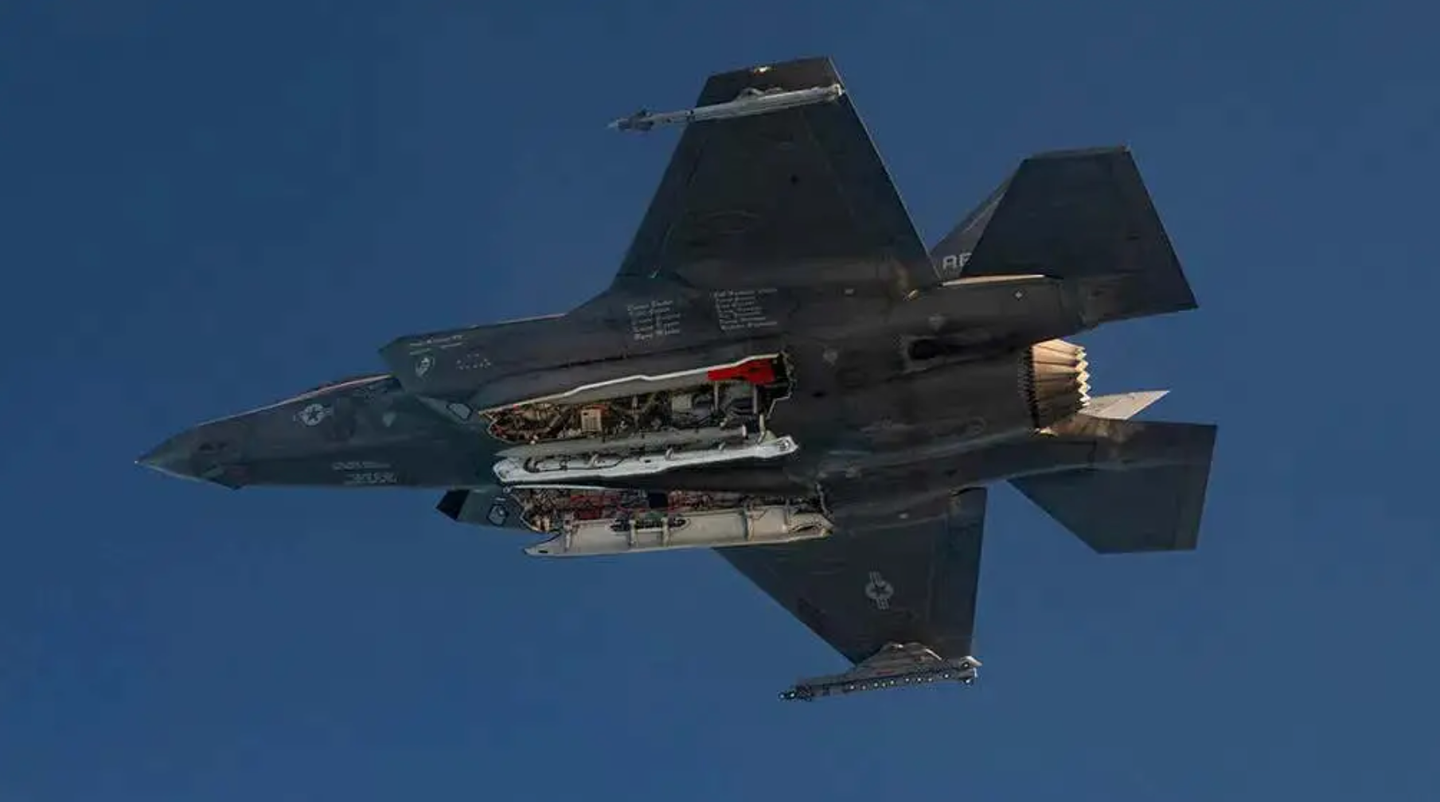The Pentagon remains dedicated to developing the LGM-35A Sentinel intercontinental ballistic missile despite escalating costs, instructing the U.S. Air Force to restructure the program to manage expenses. The Sentinel, made by Northrop Grumman, is now projected to cost $140.9 billion, an 81% increase from the initial $77.7 billion estimate. Without modifications, costs could reach $160 billion. This restructuring will delay the program by several years.
William LaPlante, undersecretary of defense for acquisition and sustainment, emphasized the necessity of modernizing nuclear forces despite the costs. The Sentinel is set to replace the aging Minuteman III missile. In January, the Air Force reported severe cost overruns, prompting a critical Nunn-McCurdy breach review. LaPlante decided to continue with the Sentinel, citing its essential role in national security and the lack of cheaper alternatives.
Significant changes are expected, including rescinding the program's Milestone B approval and ordering a complete restructure to address cost overruns and management issues. The per-unit cost, initially $118 million in 2020, has risen to about $214 million, including additional components.
Andrew Hunter, the Air Force’s assistant secretary for acquisition, technology, and logistics, supported LaPlante's decision and pledged to devise a restructuring plan over the next few months. This plan will likely take 18 to 24 months for the Pentagon's approval.
Most cost overruns are linked to Sentinel’s command and launch segment, including missile silos and launch control centers. The Air Force aims to scale back these facilities to reduce costs and transition timelines from the Minuteman III system to the new Sentinel facilities. Northrop Grumman continues to make progress on the Sentinel, achieving key milestones in design, development, and testing.
The Pentagon now has better information on Sentinel's complexities, leading to more accurate cost estimates. The Air Force has established oversight committees and executive officers to manage its nuclear enterprise, ensuring the Minuteman III’s sustainability during the interim period.
Gen. Jim Slife, the Air Force’s vice chief of staff, noted that the most challenging decisions regarding program cuts would be made after establishing the new baseline costs, which are expected to emerge in the next few years.
:quality(70)/cloudfront-us-east-1.images.arcpublishing.com/archetype/DKSZCZXKTNCWXIBGSAX5O5W2EE.jpg)






:quality(70)/cloudfront-us-east-1.images.arcpublishing.com/archetype/LM27NEEZNFEZTGVAZE67FRVR44.jpg)




:quality(70)/cloudfront-us-east-1.images.arcpublishing.com/archetype/YMS7NAMDSJEWRPMJAMDG7MTMHA.jpg)